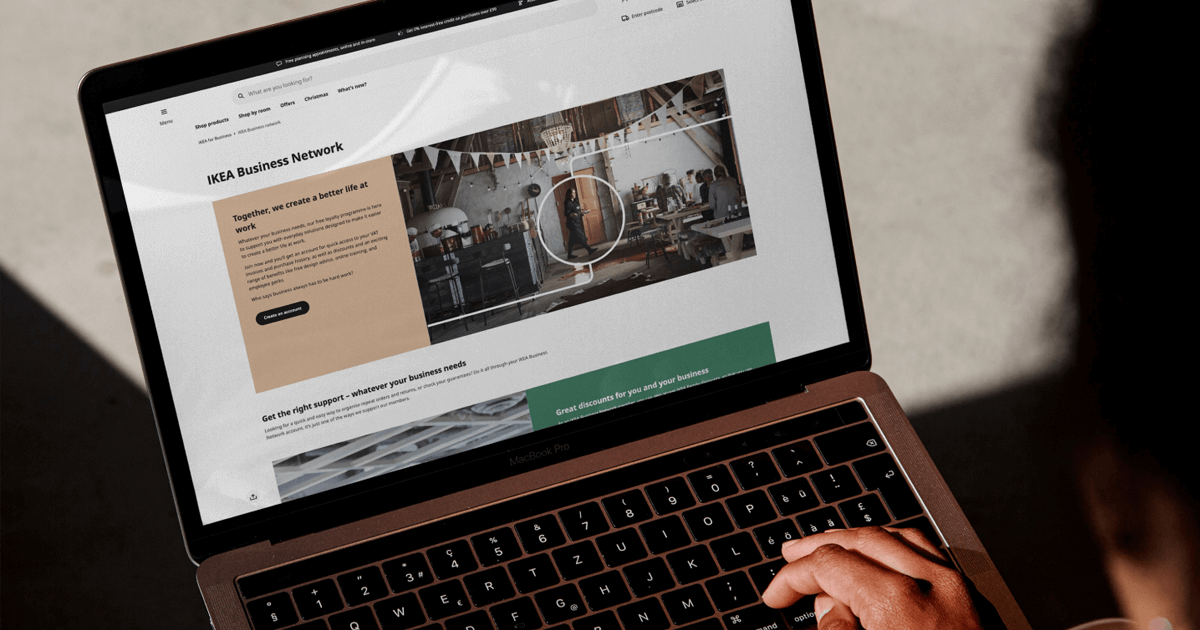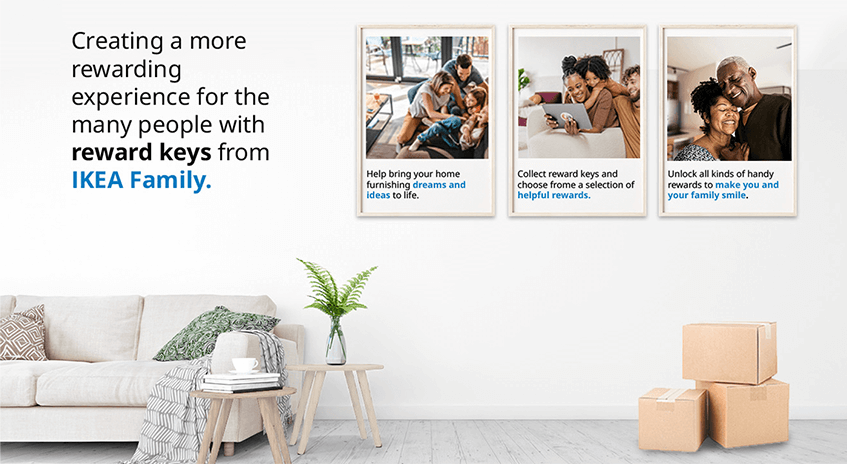
Reshaping Retail with Design Thinking
Over the past 3 years in China, “new retail” has become a popular concept that merges online and offline retail. At frog, many of our clients express interest in creating these “new retail” experiences.
While we appreciate that the market is embracing this new concept with enthusiasm, we often begin our partnerships by asking our clients: “What do you mean by new retail?” and “What business goal do you want to achieve by adopting this new concept?”
Retail transformation is often a complicated process that requires systematic diagnosis and exploration. From our collaboration with retail clients, we have identified three key elements that are core to this transformation: human, product & service, and touchpoint. At first sight, these might seem to be very common and obvious. However, we often notice that these elements are understated or misunderstood. We have identified three strategies for getting the most vale out of retail transformation by finding new opportunities and filling unmet needs in the market.
Be human-centric, not just user-centric
While “user-centric” thinking has been widely acknowledged and adopted, we have noticed that companies often ignore the importance of the people that make up their company or services. In the context of retail services, the staff directly influences the customer’s experience. Instead of being purely “user-centric,” we encourage our clients to be “human-centric” by engaging every person in the organization in orchestrating and delivering seamless and captivating experiences.
BeautyFarm: Enhance staff experience through a human-centric lens
Last year we worked with the leading beauty care service in China, BeautyFarm, to build a new venture brand that targets Millennials. Through a deep dive into the staff experience of traditional services, we realized that in order to service a customer for a 1.5 hour-long duration, four roles were involved: receptionist, consultant, masseur and customer support. But each member of the staff had a very specific and fragmented approach to their work. Because of this, they lacked sufficient communication with their customers. Furthermore, they lacked the proper tools and infrastructure to share the information their clients needed in order to provide a more holistic experience. The staff structure and process not only led to an overstaffed team but also created internal obstacles to delivering a seamless and engaging experience.
As a result, we proposed a new staff model with a new role called Xurface beauty peer, who is responsible for the entire experience of each customer in the store. This new store staff model has enabled the team to be more agile and versatile. Each beauty peer is able to create closer engagement throughout their focused interaction with customers and delivers a caring and personal experience to them.
Ensure that new offerings are in service of your core
While e-commerce certainly accounts for a major share of retail companies’ annual sales, it can also eat up margins with expensive digital campaigns. In addition, e-commerce is coming to a turning point of hyper growth and traditional brick and mortar retail is once again receiving attention. Companies are now looking to leverage “service” to expand their revenue models. In our observations, this usually results in companies trying to transform themselves into lifestyle brands by adding bars and food courts in their stores with the hopes of keeping customers engaged a little while longer. However, service should not just be an afterthought or add-on, it should extend the value of existing product offerings and build holistic engagement with customers.
Sportswear: Data is more important than your shopping behavior
When shopping for clothes and shoes, customers want to be able to try things on. They want to know if the style fits and if the fabric is comfortable. Which presents a huge exact gap between online and offline retail experiences. To bridge this gap, a sportswear brand offers a 3D scan service for full body and feet. With the help of the staff, customers can get accurate an scan result with a 3D model of their feet and body build. The brand then has more accurate data to pull from for recommending clothing and shoes to their customers.
JNBY “More than a Box”: Subscription-based stylist
Users expect clothing options that not only meet their size and comfort, but also their unique style. At frog, we’ve asked ourselves how can we help users explore a more suitable personal style in a wide range of fashion pieces, particularly via online retailing? JNBY, a leading Chinese fashion brand, launched a new subscription-based stylist service called “More than Box” last year where users can get one-on-one exclusive recommendations from the featured stylist by paying an annual fee of 199RMB. In addition, they receive their “boxes” with inspirational clothing options that include a “try first, buy later” option up to six times a year.
This type of experimentation opens up a range of possibilities for personalized recommendation services. This system allows us to no longer rely on the analysis of past purchase data to push goods to the user, but rather to establish a more qualitative, personalized and meaningful understanding of a user’s needs. The needs are then transformed into these inspirational boxes with no commitment of purchase upfront, which encourages users to explore more online.
Have a clearly defined strategy for your ecosystem of touchpoints
As retail spaces have regained power due to the slowdown of e-commerce growth—especially in the realm of food and beverage, and fashion and service businesses—physical spaces are becoming irreplaceable as the main stage for customer engagement. However, moving into (or back into) brick and mortar doesn’t come without its own set of challenges.
In the ecosystem of retail service design, touchpoints make up the bridge between a brand and its customers. In order to create real engagement with the target audience, it’s important to define a clear strategy for these touchpoints that leverages a brand’s strengths and uniqueness.
“On the Way” Locations: Data-empowered store positioning and site selection decision
When approached by a fast food chain to explore potential opportunities for hundreds of stores, we used a method called “location intelligence” to gather valuable user insights. By defining four key measures, we managed to understand the attributes of each location: What is the workplace density versus residential density? Is it well connected with public transit? How competitive is the area?
One key insight derived from qualitative user research was that being on the route matters to busy commuters buying breakfast on their way to work. These users are not even willing to cross the street if they don’t have to. Inspired by such insights, we dug further into the pedestrian flow during morning peak hours. Within the scale of a few blocks, we managed to identify “on the way” spots that have the potential to bring in the most breakfast business. These insights not only provided a clear diagnosis to the existing store performance but also informed potential site selection dedicated to breakfast service.
In order to find real value, you have to start with the right questions
We know there is no cookie-cutter formula to succeeding when it comes to “new retail.” Rather, every brand or company must find their own unique edge to hook their customers and keep them coming back. “New retail” should be about uncovering value, not adding teched-out bells and whistles for the sake of it. But in order to find this bespoke solution, you need a partner that asks the right questions in order to uncover unmet needs and opportunities. frog brings both a breadth and depth of experience across industries and through multi-disciplinary teams—from research and strategy to product, digital, service, tech and space—to help our clients find the right thing, not just the new thing.

Joyce is Associate Creative Director at frog. Based in the Shanghai studio, she strives to bridge business and customers with design, creating value for customers and driving business and social innovations. With a multi-disciplinary team at frog, she helps clients from across industries build new experience strategy and design new products and service systems.
We respect your privacy
We use Cookies to improve your experience on our website. They help us to improve site performance, present you relevant advertising and enable you to share content in social media. You may accept all Cookies, or choose to manage them individually. You can change your settings at any time by clicking Cookie Settings available in the footer of every page. For more information related to the Cookies, please visit our Cookie Policy.


